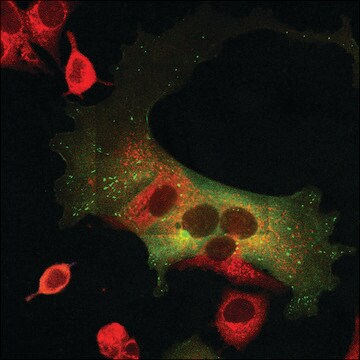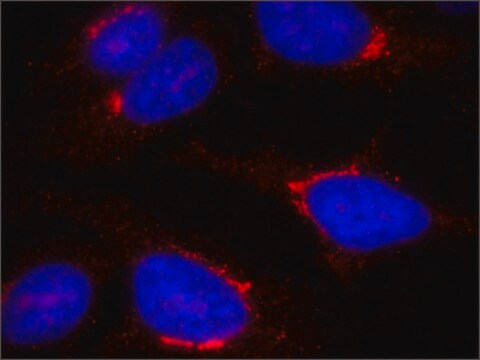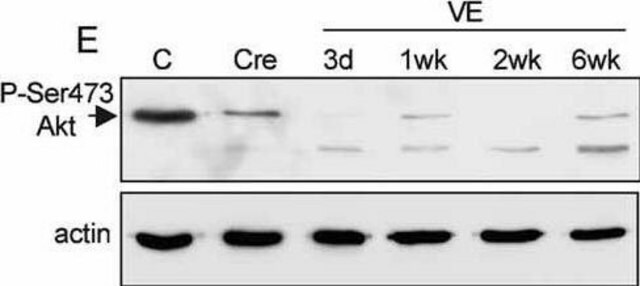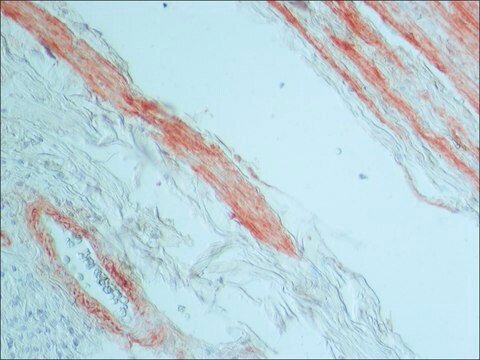B9277
Monoclonal Anti-Band 3 antibody produced in mouse
clone BIII-136, ascites fluid
About This Item
Recommended Products
biological source
mouse
Quality Level
conjugate
unconjugated
antibody form
ascites fluid
antibody product type
primary antibodies
clone
BIII-136, monoclonal
contains
15 mM sodium azide
species reactivity
human
technique(s)
immunoprecipitation (IP): suitable using human erythrocytes
indirect immunofluorescence: suitable using methanol-fixed human erythrocytes
western blot: 1:5,000 using human erythrocytes
isotype
IgG2a
shipped in
dry ice
storage temp.
−20°C
target post-translational modification
unmodified
Gene Information
human ... SLC4A1(6521)
Related Categories
General description
Monoclonal Anti-Band 3 antibody detects Band 3 protein (90-100 kD) and several lower molecular mass peptides migrating in SDS-PAGE gels in the regions of 60, 40 and 20 kD. The product specifically binds to the cytoplasmic amino-terminal protein of band 3 (the epitope is approx. 20 kD from the N-terminal end). As the epitope is not located at the erythrocyte surface, the antibody product does not agglutinate red blood cells. Furthermore, its cell surface binding cannot be detected by an indirect agglutination assay. The antibody does not localize Band 3 from horse, bovine, pig, guinea pig, dog or mouse erythrocytes, nor does it localize Band 3 from nonerythroid human fibroblast extract.
Specificity
Immunogen
Application
Biochem/physiol Actions
Disclaimer
Not finding the right product?
Try our Product Selector Tool.
Storage Class
10 - Combustible liquids
wgk_germany
nwg
flash_point_f
Not applicable
flash_point_c
Not applicable
Choose from one of the most recent versions:
Already Own This Product?
Find documentation for the products that you have recently purchased in the Document Library.
Our team of scientists has experience in all areas of research including Life Science, Material Science, Chemical Synthesis, Chromatography, Analytical and many others.
Contact Technical Service







